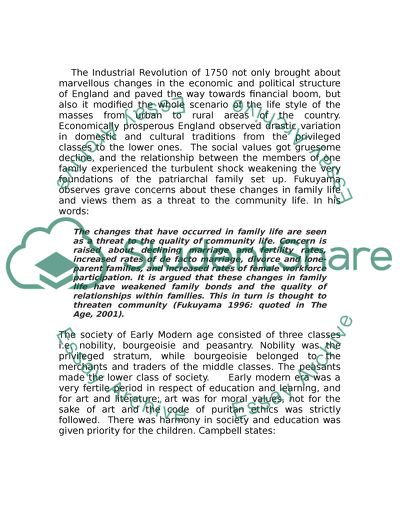Cite this document
(Are historians' criticisms of Lawrence Stone's three-phase model of Coursework, n.d.)
Are historians' criticisms of Lawrence Stone's three-phase model of Coursework. https://studentshare.org/sociology/1703470-are-historians-criticisms-of-lawrence-stones-three-phase-model-of-the-english-family-justified
Are historians' criticisms of Lawrence Stone's three-phase model of Coursework. https://studentshare.org/sociology/1703470-are-historians-criticisms-of-lawrence-stones-three-phase-model-of-the-english-family-justified
(Are historians' Criticisms of Lawrence Stone'S Three-Phase Model of Coursework)
Are historians' Criticisms of Lawrence Stone'S Three-Phase Model of Coursework. https://studentshare.org/sociology/1703470-are-historians-criticisms-of-lawrence-stones-three-phase-model-of-the-english-family-justified.
Are historians' Criticisms of Lawrence Stone'S Three-Phase Model of Coursework. https://studentshare.org/sociology/1703470-are-historians-criticisms-of-lawrence-stones-three-phase-model-of-the-english-family-justified.
“Are historians' Criticisms of Lawrence Stone'S Three-Phase Model of Coursework”. https://studentshare.org/sociology/1703470-are-historians-criticisms-of-lawrence-stones-three-phase-model-of-the-english-family-justified.


